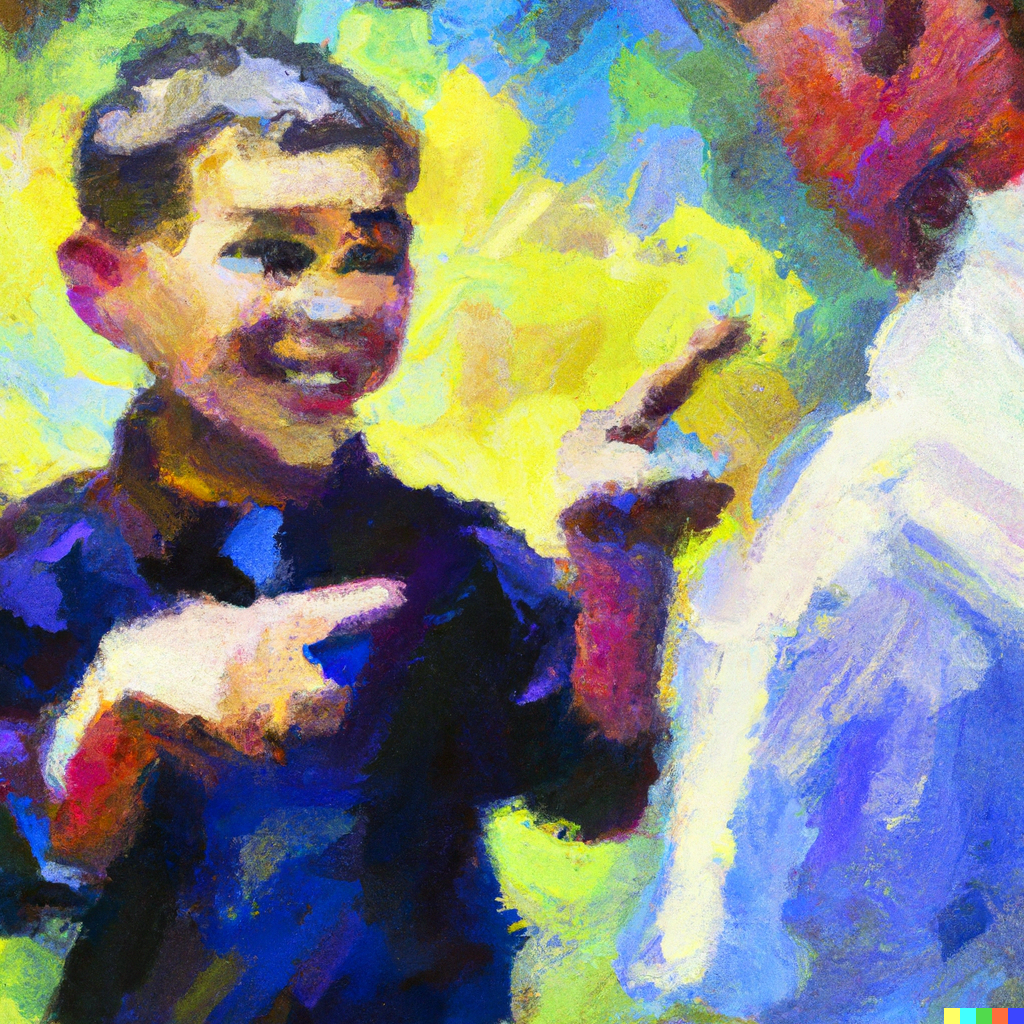Do you know the child's name?
On Sunday I want to my Ward Sacrament meeting in Washington.
David, a 5 year old boy from Singing Time, saw me coming in as I sat down about 6 rows back from his family. His eyes lit up, then he turned to his mom and literally took her face between his two hands. Then he turned her eyes so she could see me.
I chuckled, then thought deeply about what just happened.
Because of the way the brain works, a music teacher who sings a lot with the children in an engaging way literally has a place in the child’s life and in his or her brain that is different from people who direct actions and discipline the child. That is because music (and those who teach it) enters into a play area of the brain! it is a beautiful way to interact with children. It is a sacred place in a child’s life and because of that, we need to guard the relationship.
One of the most important elements of that relationship is to know and use the child’s name. Because of your special place as the music teacher, being known and recognized by you is fundamental to helping them learn.
But learning all the names of a room full of children is a daunting task!
Here are some ideas on how to learn, and use the children’s names as you teach:
To learn the name - Listen and try to remember the name a child is called by his teacher or the Primary presidency.
To remember the name - Pick out a characteristic of the child and attach it to the name. ex. Little Anne has very short hair and big eyes. Frank carries his blanket to comfort him. Ava looks around the room, glances at you, then looks around the room. Note the characteristic and repeat the name in your head at least three times.
Print out a list of all the children in your Primary. Check off the names for which you can already picture the child in your mind. The next Sunday take your list and try to learn three to five new names by asking a teacher, a counselor, or the parent as the children come into the room.
Ask the Primary secretary to gather pictures of the children. We did this by taking a head shot two or three Sundays in a row as the children exited the Primary room. It is easier on her to attach names to the pictures if they are taken by class. Use the pictures with attached names to memorize the name and visual characteristics of a whole class. In Primary, check your memory as you list off the children’s names in your head. Watch for personality characteristics and add them to your inside file of the child’s picture and name in your head.
Nothing working? Make flash cards and go through them every week. The simple task of writing the child’s name is a memory cue for your brain.
Your place as a music teacher is a sacred place. Do you know the child’s name? What a gift for the child if you greet the child by name. What a gift if you use their name as you teach.

